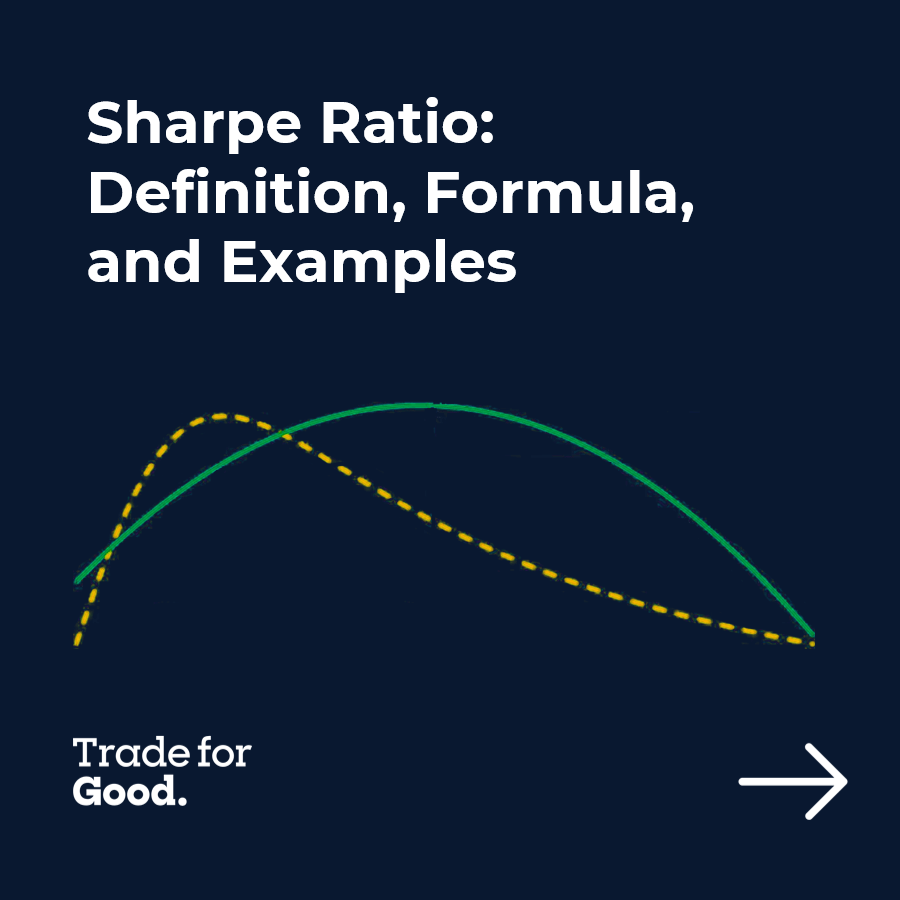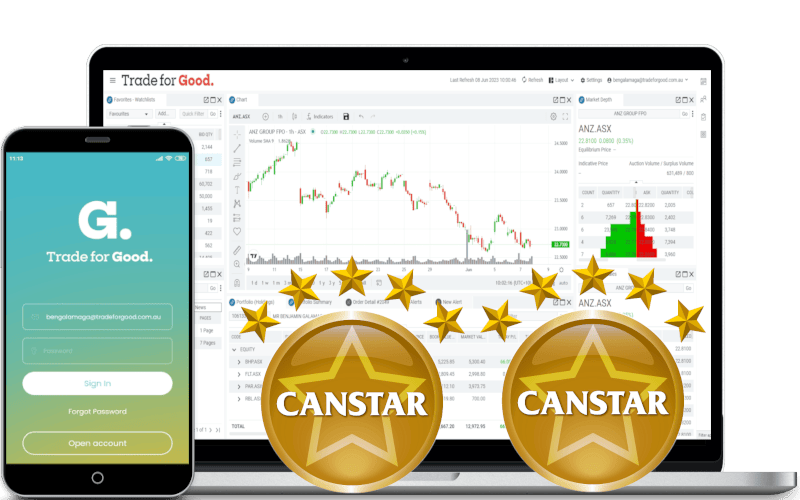
Understanding the Sharpe Ratio
The Sharpe ratio is a metric that compares an investment’s return to its risk. It helps investors understand if higher returns are due to smart investing or simply taking on more risk.
 How It Works:
How It Works:
- Numerator: The difference between the investment’s returns and a benchmark (like the risk-free rate or an index). This shows the “excess return.”
- Denominator: The standard deviation of the investment’s returns over the same period. This measures the investment’s volatility or risk.
Who created the Sharpe Ratio?
- Proposed by economist William F. Sharpe in 1966.
- Developed from his work on the capital asset pricing model (CAPM).
- Originally called the reward-to-variability ratio.
- Sharpe won the Nobel Prize in Economics in 1990 for his contributions to CAPM.
- By using the Sharpe ratio, investors can make more informed decisions about the risk and return of their investments.

KEY TAKEAWAYS
- The Sharpe ratio divides a portfolio’s excess returns by a measure of its volatility to assess risk-adjusted performance
- Excess returns are those above an industry benchmark or the risk-free rate of return
- The calculation may be based on historical returns or forecasts
- A higher Sharpe ratio is better when comparing similar portfolios.
- The Sharpe ratio has inherent weaknesses and may be overstated for some investment strategies.

Formula and Calculation of the Sharpe Ratio
In its simplest form,
Calculation Steps:
- Calculate the Average Return:
1.Subtract the risk-free rate (Rf) from the return (Rp) for each period.
2.Find the average of these differences over the total period (e.g., 10 years).

What the Sharpe Ratio Can Tell You
- Measures risk-adjusted returns
- Compares fund performance to a benchmark
- Accounts for return volatility
- Uses risk-free rate as baseline
- Assesses excess returns relative to risk
- Utilizes standard deviation to measure volatility
This metric helps investors evaluate investment quality by balancing returns with associated risk.
Generally, the higher the Sharpe ratio, the more attractive the risk-adjusted return.
Portfolio underperforms risk-free rate or has negative expected returns.

Sharpe Ratio Pitfalls
- Potential for manipulation: Lengthening measurement intervals reduces volatility estimate, using monthly returns is typically used for accuracy
- Risk assessment issues: Assumes normal distribution of returns, may understate tail risk in herding-prone markets
- Serial correlation effects: Adjacent time intervals may be correlated can artificially lower volatility, inflating the Sharpe ratio
- “Picking up nickels” problem: Strategies with steady small gains but rare catastrophic losses, may show misleadingly high Sharpe ratios until a major loss occurs

Sharpe Ratio Alternatives
Sortino Ratio
- Focuses on downside risk
- Uses negative returns in denominator
- Better for asymmetric return distributionsTreynor Ratio
- Uses beta instead of standard deviation
- Measures excess return per unit of systematic risk
- Evaluates compensation for market-related riskThese alternatives address Sharpe ratio limitations, offering more nuanced risk-adjusted performance measures.

Good Sharpe Ratio
- Generally, above 1 is considered good
- Indicates excess returns relative to volatility
- Best evaluated by comparing with peers or sector averages
- Context-dependent: A “good” ratio varies based on market conditions and comparable investments

The Bottom Line
The Sharpe ratio is useful for comparing similar investments, such as mutual funds and ETFs tracking the same index.
However, investors should note that investments with higher Sharpe ratios can be more volatile.

You can download the offline guide here Sharpe Risk-Return Ratio

What you learn here has been used in our Trade for Good software.
Click on the button to find our software education videos.
You can read more of our educational articles in the Trade for Good Learn section
Trade for Good Learn





